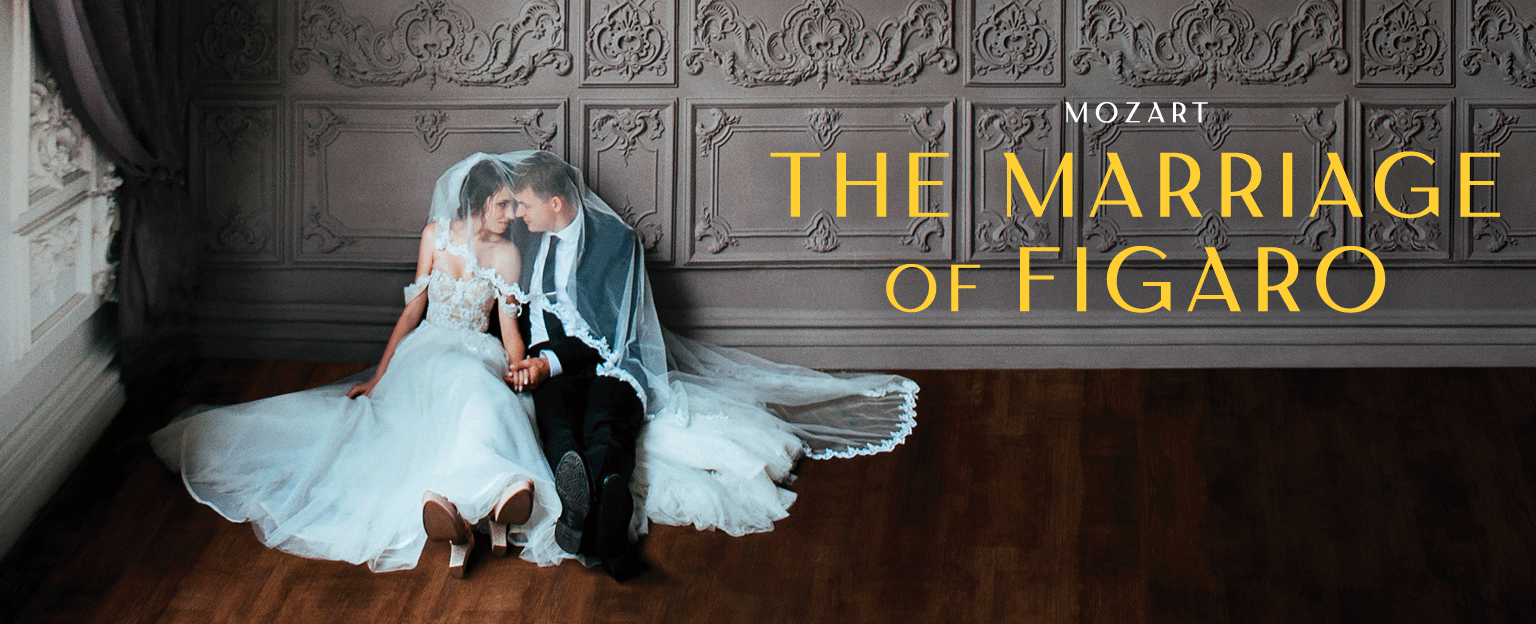Going to the Opera is truly a pleasurable experience. You can enjoy the promise of drama. There is also exceptional music and memorable interpretations. These elements all contribute to a cathartic experience. It is live performance. It might not be a blockbuster movie with special effects and CGI. Nonetheless, it is highly effective in appealing to your emotions. For a few hours, you can forget about your own problems. You watch the life lessons the characters themselves learn on stage. And if you are lucky to be around Toronto you still can go watch Le Nozze di Figaro, or The Marriage of Figaro, by Wolfgang Amadeus Mozart, performed at the Canadian Opera Company (but hurry, only two performances left!)
Standing up against aristocracy
Mozart is a master in striking a chord with his audience, specially in what regards the human affections. The opera was an instant success after its debut in 1786 (almost 240 years ago!). It was based on the infamous play The Follies of a Day; or, The Marriage of Figaro by Pierre Beaumarchais. He had written it two years before in pre-revolutionary Paris, where it was banned. The opera’s success is largely due to its depiction of a rebellious servant. The servant stands up to his master and exposes the corruption of aristocracy. But it’s more than that. It was one of the first operas to deviate from the mythical, religious or historical characters. It depicted the ordinary people and revealed all their inner feelings and complex motivations.
“Not one too many, Sire!”
I have found this anecdote on Gustav Kobbé‘s The Complete Opera Book, which reminded me instantly that it had also been rendered on the big screen at the highly acclaimed movie Amadeus:

“Le Nozze di Figaro” was composed by Mozart by command of Emperor Joseph II., of Austria. After congratulating the composer at the end of the first performance, the Emperor said to him: “You must admit, however, my dear Mozart, that there are a great many notes in your score.” “Not one too many, Sire,” was Mozart’s reply.
The Complete Opera Book by Gustav Kobbé
The letter duet
The action unfolds in a single hectic day. This is the time for Figaro’s marriage to Susanna. Figaro is a valet to Count Almaviva. Susanna is the personal maid to the Countess Almaviva. It is a comedy alright. It includes everything expected: mistaken identities, lovers jumping from windows, concealing and spying, innumerable plot twists, deceitfulness and cheating, etc. But it is also punctuated by tender and emotional moments. There is a duet sung by Susanna and the Countess. It is known as the “letter duet”. This song was used in the movie The Shawshank Redemption. It serves as a commentary on hope and freedom. It offers a sweet respite among all the horrors of that prison.
The Marriage of Figaro is a sequel to The Barber of Seville which Gioachino Rossini set to music. “In Rossini’s opera, Figaro is a barber in Seville. He plays the go-between for Count Almaviva and Rosina, the pretty ward of Dr. Bartolo.” I was fortunate enough to have watched that twelve years ago. It was on a wonderful production at the Sydney Opera House. I am also glad to have watched them in the correct order. As always, looking ahead for the next opera to watch!

Comments
2 Responses to “An Afternoon at the Opera: The Marriage of Figaro”
Definitivamente voce eh meu amigo mais culto!!! 🙂
Obrigado, querida! Lembra que nós tivemos uma noite na ópera juntos?! Fomos assistir “A Flauta Mágica”, também de Mozart… adoro esta ópera, cheia de misticismo, simbolismo, rituais e é claro, magia.
Amo esta interpretação da ária da Rainha da Noite:
The Magic Flute – Queen of the Night aria (Mozart; Diana Damrau, The Royal Opera)